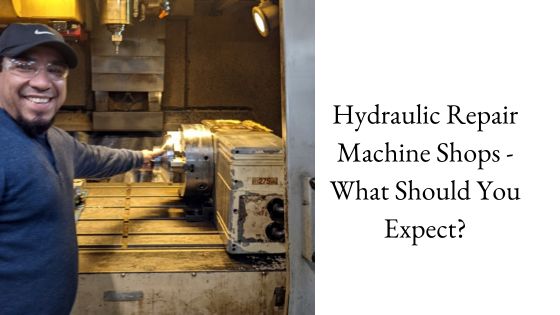4 Things to Remember About Undercarriage Maintenance
Oct 20th 2018
Undercarriage of Your Compact Track Loader
The undercarriage of your CTL can account for up to 50% of your O&O costs over its lifetime. That means that maintaining your undercarriage is vital if you want to minimize costs and keep your CTL or MTL running. We are going to discuss four simple things to remember about maintaining your undercarriage.
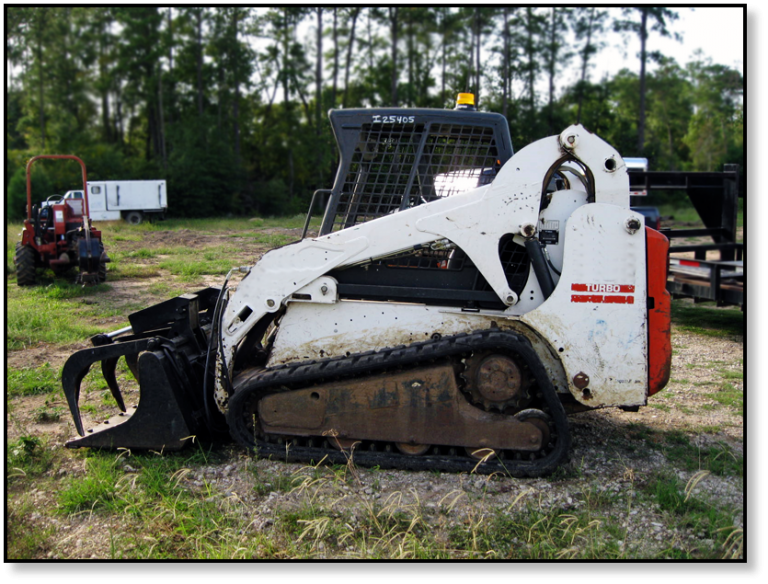
CTL and MTL Undercarriages
According to CompactEquipment.com, you can define the undercarriage as
“… a highly specialized system of moving parts and machinery that must be maintained to ensure a track loader has traction.”
The undercarriage includes the tracks, chains, track pads, track links, pins, idlers, rollers, and sprockets. As part of its job, it must be able to interact with the hydraulic system, namely the track drive motors that provide torque. The track drive turns the sprocket, which in turn causes the tracks to move.
#1: Don’t Forget to Clean Your CTL Undercarriage
Cleaning out the undercarriage and tracks is about the last thing you feel like doing at the end of a shift but it does directly contribute to the useful life of your machine (including your track drive motor). Taking the time to clean out the undercarriage serves three major purposes:
- It prevents debris from either freezing or drying/hardening on the tracks and undercarriage,
- Makes the visual inspection of the machine easier and more productive,
- And minimizes fuel usage because a significant build-up of debris can increase the weight of the machine.
Also remember that frozen or hardened debris not only increases wear but can get packed in tightly around the track drive — and lead to damage of the main seals, which in turn can lead to very expensive repairs or even replacement of the track drive motor. If you’re having a hard time getting debris loose, you can use a hose or a pressure washer. You can also take a few minutes to cleaning it during the shift to make the final clean up much easier.
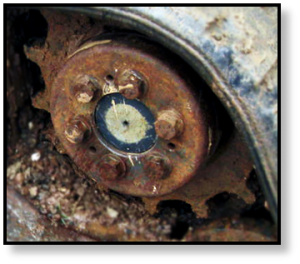
#2: Don’t Forget to Inspect Your CTL Undercarriage
Daily inspection is another key part of maintaining your undercarriage. It allows you to recognize problems before they get out of hand. Before starting a shift, always take the time to perform a visual inspection of the undercarriage.
You are checking for any signs of leaks, abnormal wear patters, loose hardware, or dry joints. This should be easy to do if the machine was cleaned at the end of the last shift.
#3: Don’t Forget to Check/Adjust Track Tension
Another major aspect of CTL undercarriage maintenance is track tension. Most experts agree that track tension should be checked every 10 to 15 hours of machine use. Don’t forget that before you check and adjust the tension you should run the machine about 30 minutes to give it a chance to acclimate to the working conditions.
If the track tension is too tight, it will cause stress while wasting horsepower and fuel. If the track tension is too loose, the bushings and sprockets are going to wear out early. A good rule of thumb is this: track tension should be slackened when working in muddy environments and tightened for harder ground (and rock) conditions.
#4: Don’t Forget to Use Appropriate Shoe Width
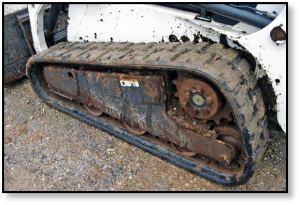
The width of shoes for your tracks has more of an impact on your undercarriage than you may think. Shoes that are too narrow will cause your CTL or MTL to sink into the ground and allow debris to get tightly packed on the roller frame. Not only does that make it harder to clean your undercarriage, it can cause certain parts to wear out too quickly. On the other hand, if the shoes are too wide then they may bend or crack and wear out too quickly — and the don’t work well around rocks or on very hard surfaces. When it comes to track shoe width, experts advise you to use the narrowest applicable shoe width that you need for the job.
Applies to All CTLs and MTLs
The undercarriage represents a significant part of your machine investment, and taking good care of the undercarriage will benefit other key components, from the tracks to the final drive motors or track motors. The advice given in this article applies regardless of brand — CAT, Bobcat, Terex, Case, New Holland, ASV, etc. Taking the time to perform the maintenance tasks outlined in this post, along with smart operator techniques, will save you thousands in repair costs.


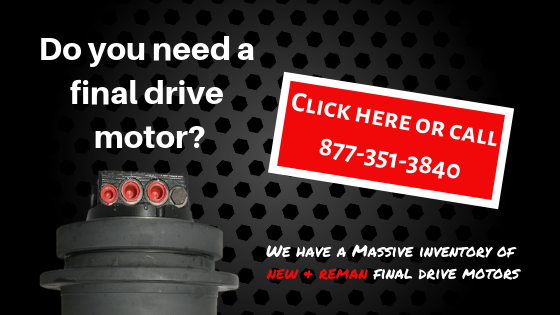
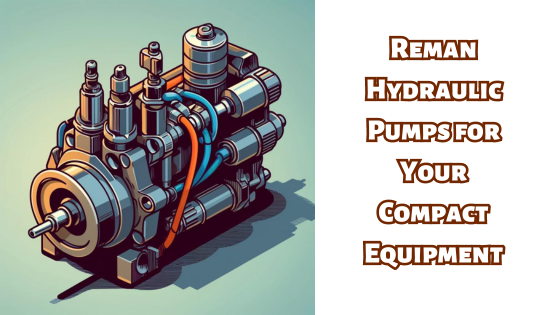
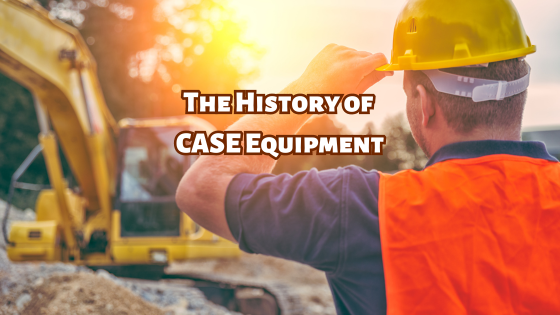

![Final Drive Cores and the Remanufacturing Revolution [VIDEO]](https://cdn11.bigcommerce.com/s-lbnln0ppxx/images/stencil/original/uploaded_images/final-drive-cores-and-the-remanufacturing-revolution.png?t=1705357426)
